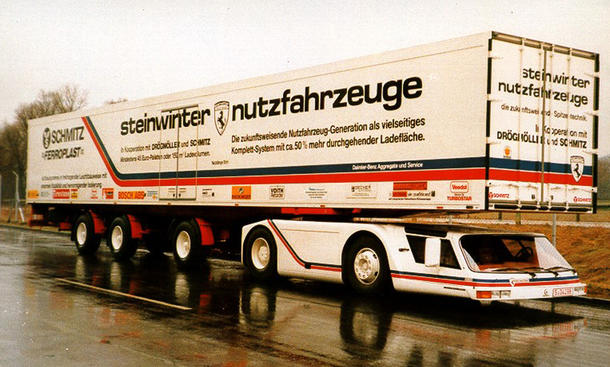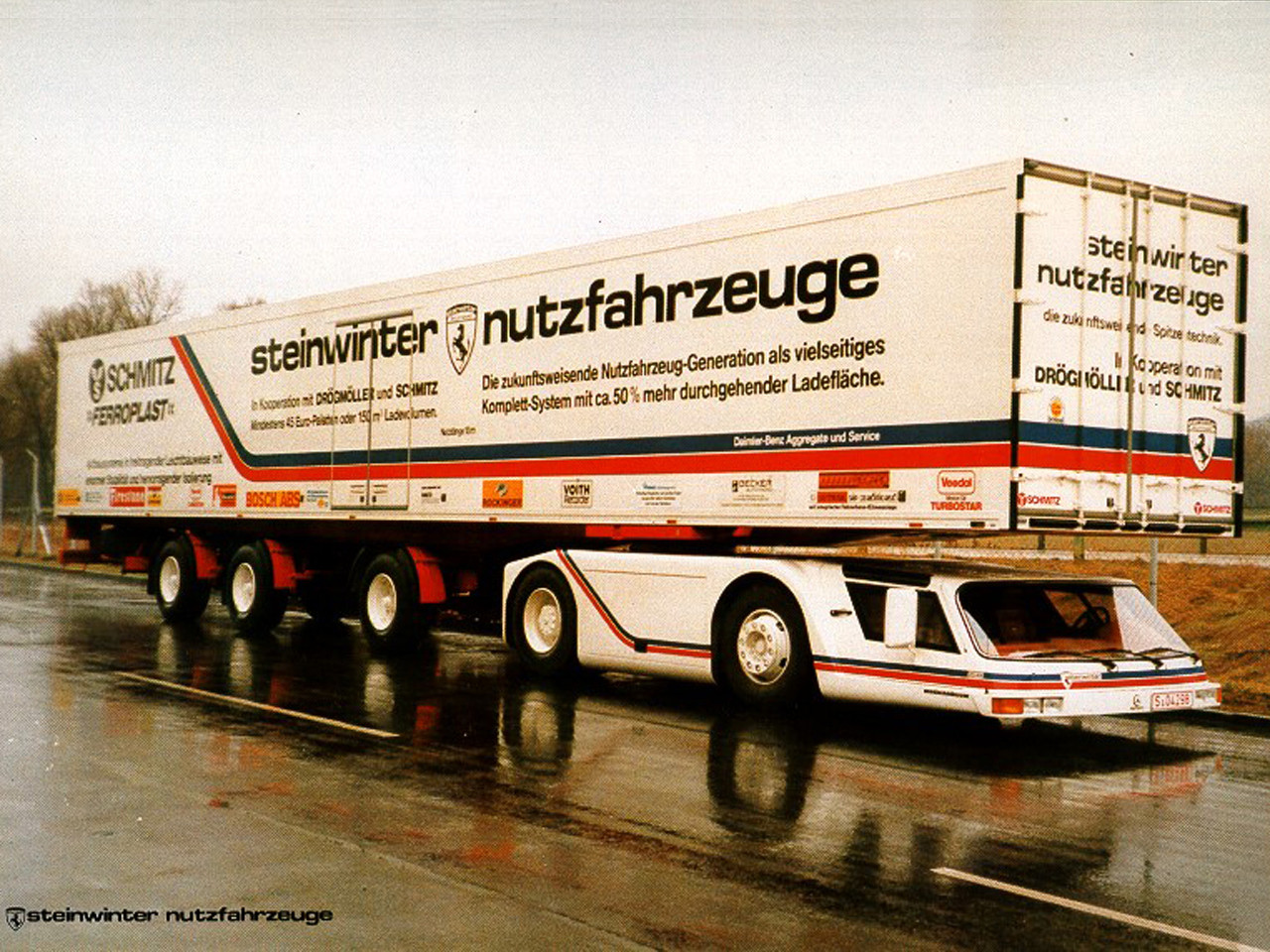In the UK, it is more likely 150mile, may as well just do the whole thing on a lorry, saves a lot of loading unloading....
That's what containers are for.
When I get the train down to London for meetings, a couple of freight trains thunder past while I'm waiting for my train to arrive (Lichfield Trent Valley).
Difficult to count while they're passing at (60mph?), but it's upwards of 40 shipping containers on each. That's 40 HGVs not clogging up the motorway, not getting stuck in traffic, not wrecking hundreds of miles of road surfaces.
And that's one train.



